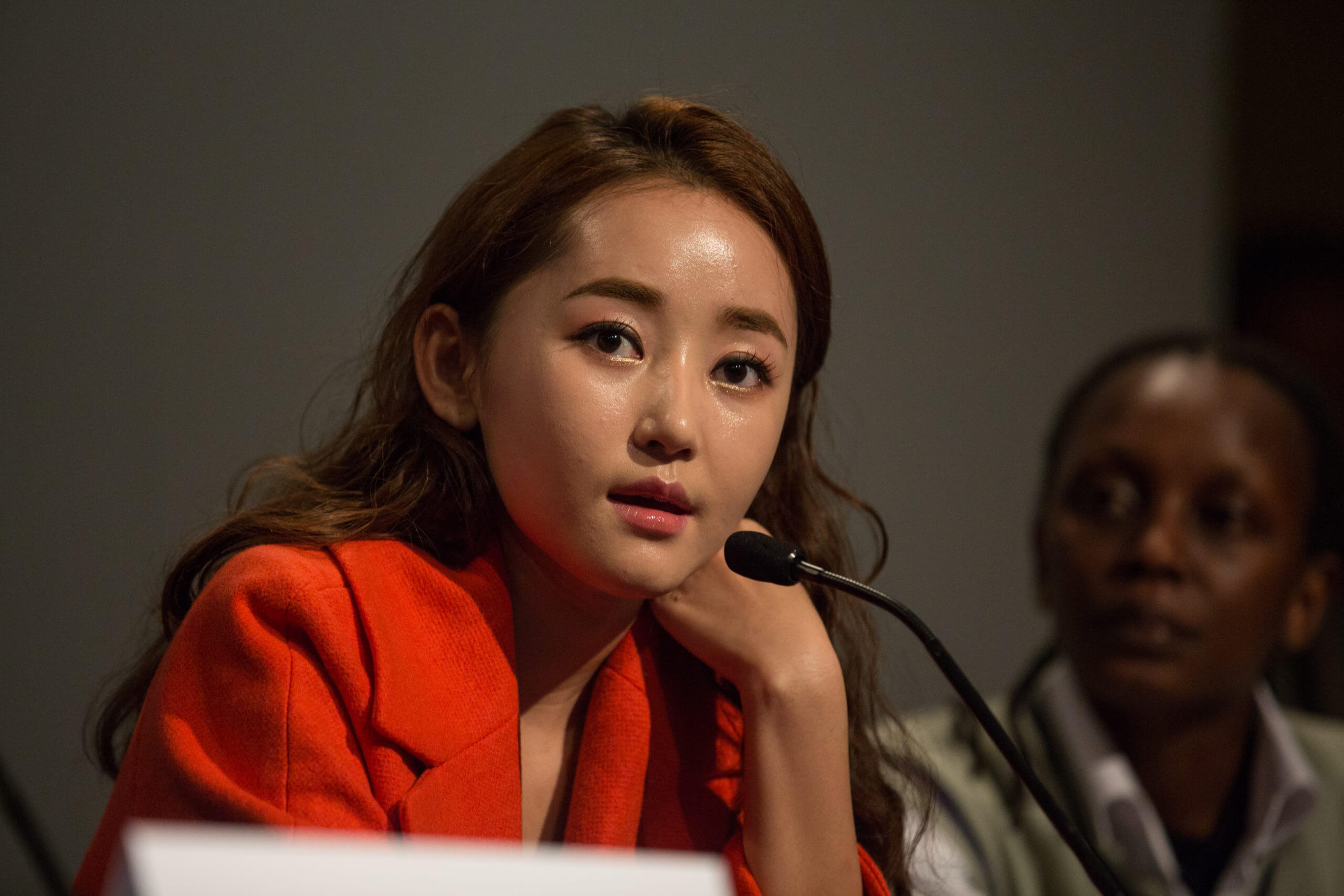By Natalia Saucedo
From wearing lipstick to putting on a pair of jeans, fashion has become a political statement for North Koreans.
As of today, more than 25 million North Koreans live under a totalitarian regime led by “supreme leader” Kim Jong-un, a third-generation dictator. His grandfather, Kim Il-sung, came into power in 1948.
North Koreans are allowed to know little about freedom of speech, while the state attempts to control everything they do, say, and think. Neglecting the regime’s strict rules leads to torture, forced labor, and even execution. The people of North Korea have no access to the internet, no foreign postal mail, and no ability to make phone calls abroad.
Fashion has been a less-examined area of the government’s repression, but it is actually one of the most strict areas of control. Skimpy clothing, women’s trousers, sunhats, exotic garments, or the use of red lipstick and other cosmetics are a few examples of what is prohibited.
“Totalitarian regimes, like the Kim regime in North Korea, demand uniformity from their citizens in every possible way. They demand that people sing the same propaganda songs and watch the same movies. And one of these means of control is appearance,” said North Korean defector Yeonmi Park. “The regime demands people to look the same so they can stop people from expressing their individuality.”
The country has its own fashion police, called “Gyuchaldae,” who patrol pedestrians to make sure everyone’s looks are acceptable. Despite reports that restrictions have been relaxed over the past few years, the dress code isn’t clearly codified. But violating these vague laws regarding appearance can result in public humiliation, hard labor, fines, and other punishments.
But North Koreans are finding ways to challenge the regime. A recent piece by CNN examines how the youth of North Korea is using aspects of their appearance as a form of protest. For instance, wearing jeans – a so-called symbol of capitalism according to the Kim regime – is an act of dissent in North Korea. Being able to wear silver or gold accessories, short skirts or even a different haircut equals freedom for many North Koreans.
But how can people living in the “Hermit Kingdom” know about fashion and beauty culture from the outside world? Information from abroad, illegally obtained on the black market. Jangmadang is the term for the black market where North Koreans can buy illegal products smuggled into the country, such as clothes, makeup and, of course, USB drives filled with international content.
The Human Rights Foundation’s Flash Drives for Freedom program has been sending USB drives into North Korea since 2016, based on the belief that free, unrestricted access to information can alter people’s perceptions, promote democratic ideals, and inspire radical change from within. These drives, which contain movies including the latest Korean soap operas and romantic comedies, articles, and Korean Wikipedia pages, news, pictures, and music, have reached an estimated 900,000 North Koreans to date. North Koreans born after the 1990s and known as the “black market generation” or the “Jangmadang Generation,” are most keen on consuming outside information and they’re changing their fashion choices accordingly.
The symbolic power of fashion is undeniable and authoritarian leaders use fashion to suppress opposing voices and exert a specific vision of the country they hope to control. Simple items of clothing that are deemed a threat are banned by regimes, while others are imposed as a form of social control.
In China, the Cheongsam dress or qipao was banned in 1949 when the Communist Party began to govern China, until the ’80s. The dress was considered a visual symbol of the bourgeoisie, and this conflicted with the Party’s objective to eliminate signs of social status and impose uniformity and order. In Saudi Arabia, flashing an inch of flesh is strictly prohibited, Saudi women are required to wear a niqab and long black cloak called an abaya. In 2011, Malaysians were being arrested for wearing yellow to demand the resignation of their Prime Minister, that color is associated with the Bersih (Malay for “clean”) opposition movement.
But fashion is also used by the people as a tool for expression and protest globally. In 2012, after the Russian punk protest group Pussy Riot was arrested in Moscow’s Cathedral of Christ the Saviour after a performance, thousands of people around the world donned the colored balaclavas that the group members wore, in a show of support. In 2005, Cuba witnessed every Sunday the Damas de Blanco (Ladies in White) as they marched peacefully in the streets of Havana wearing white to symbolize the innocence of their family members being imprisoned by Fidel Castro’s regime. Throughout the recent year’s protests, Hong Kongers wearing all black made their own pro-democracy statement.
As Coco Chanel once said, “Fashion is not something that exists in dresses only; fashion is something in the air. It’s the wind that blows in the new fashion: you smell it. Fashion is in the sky, in the street, fashion has to do with ideas, the way we live, what is happening.”
Fashion can be about so much more than aesthetics. The way people in North Korea are seeking to express themselves through their garments, style, and appearance indicates nothing less than a push for change from within.
